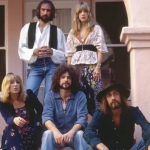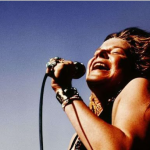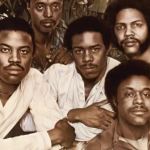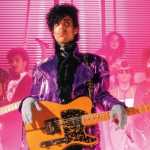“Zombie” – The Cranberries

Released in 1994, “Zombie” by The Cranberries is a haunting and powerful song that addresses the theme of violence and its devastating impact. Written by lead vocalist Dolores O’Riordan, the song was inspired by the tragic events of the Troubles in Northern Ireland, particularly the IRA bombing in Warrington, which killed two children. With its raw and impassioned lyrics, grunge-inspired sound, and O’Riordan’s distinct vocal delivery, “Zombie” stands as one of the most impactful protest songs of the 1990s.
The song opens with a stark and memorable guitar riff that immediately sets a somber and intense tone. This is quickly followed by a driving drum beat and heavy guitar chords, creating a powerful and gritty sound that reflects the song’s serious subject matter. The production, characterized by its raw and unpolished feel, adds to the sense of urgency and emotion that permeates the track.
Lyrically, “Zombie” confronts the listener with the brutal reality of violence and its consequences. The chorus, “In your head, in your head / Zombie, zombie, zombie-ie-ie,” uses the metaphor of a zombie to describe the numbness and dehumanization that can result from ongoing violence and conflict. This repeated refrain captures the pervasive and haunting nature of the trauma experienced by those affected by the violence.
The verses further elaborate on this theme by referencing specific events and the broader context of the Troubles. Lines such as “Another head hangs lowly / Child is slowly taken” and “With their tanks and their bombs / And their bombs and their guns” depict the tragic and cyclical nature of the violence. The lyrics convey a sense of sorrow and frustration, as well as a plea for the end of the senseless bloodshed.
Dolores O’Riordan’s vocal performance is central to the song’s emotional impact. Her voice, with its distinctive combination of vulnerability and strength, brings the lyrics to life in a deeply affecting way. O’Riordan’s use of both soft, melodic singing and powerful, almost primal cries adds layers of emotion and intensity to the song, making the listener feel the weight of the message being conveyed.
Musically, “Zombie” is characterized by its grunge and alternative rock influences. The heavy use of electric guitars, prominent bassline, and dynamic shifts between quiet verses and explosive choruses create a sound that is both powerful and evocative. The production, handled by Stephen Street, captures the raw energy and emotion of the band’s performance, ensuring that each element of the song contributes to its overall impact.
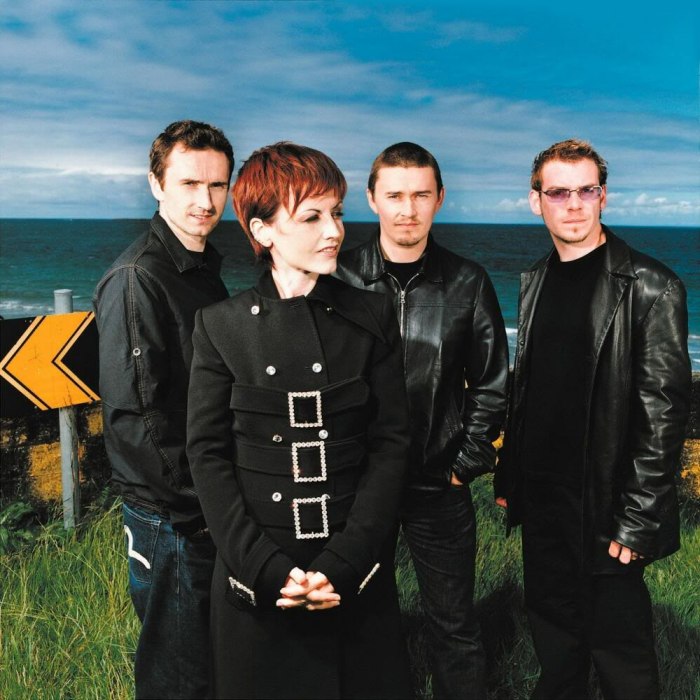
The music video for “Zombie,” directed by Samuel Bayer, further enhances the song’s message with its stark and striking imagery. Featuring scenes of children playing amidst war-torn landscapes and images of O’Riordan painted in gold, the video juxtaposes innocence and violence to powerful effect. The visual symbolism reinforces the song’s themes and adds another layer of depth to its critique of violence and conflict.
“Zombie” was a commercial success, reaching the top of the charts in multiple countries and becoming one of The Cranberries’ most iconic songs. Its raw and powerful message, combined with its memorable melody and intense performance, resonated with audiences worldwide, establishing the band as a significant voice in the alternative rock scene of the 1990s.

In conclusion, “Zombie” by The Cranberries is a powerful and haunting anthem that addresses the devastating impact of violence and conflict. Through its raw lyrics, grunge-inspired sound, and Dolores O’Riordan’s impassioned vocal performance, the song captures the sorrow and frustration of those affected by the Troubles and serves as a poignant plea for peace. Its enduring popularity and emotional impact underscore its status as a timeless protest song that continues to resonate with listeners today.


